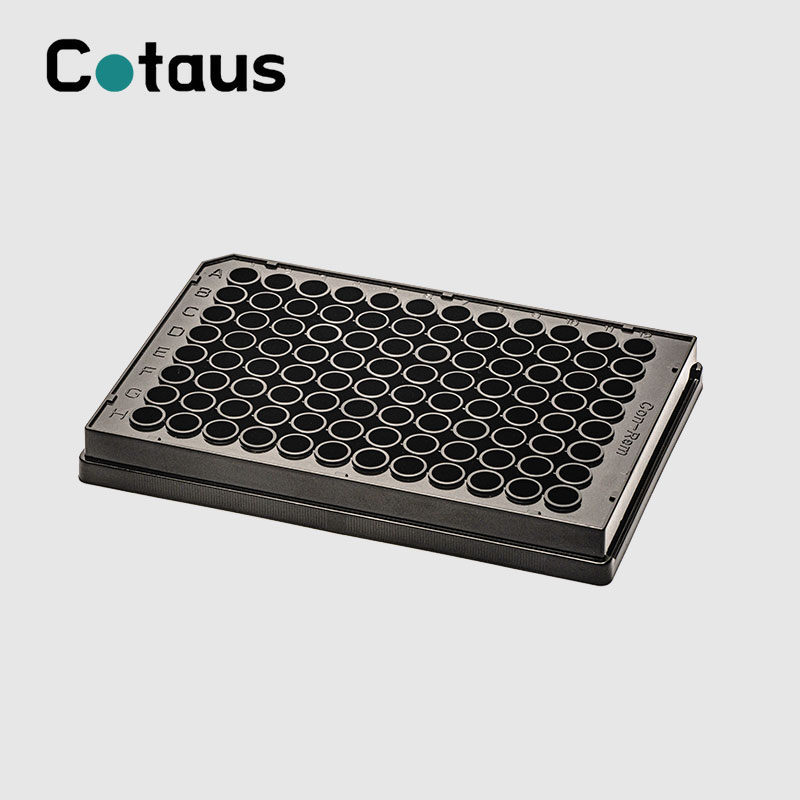
- English
- 简体中文
- Esperanto
- Afrikaans
- Català
- שפה עברית
- Cymraeg
- Galego
- 繁体中文
- Latviešu
- icelandic
- ייִדיש
- беларускі
- Hrvatski
- Kreyòl ayisyen
- Shqiptar
- Malti
- lugha ya Kiswahili
- አማርኛ
- Bosanski
- Frysk
- ភាសាខ្មែរ
- ქართული
- ગુજરાતી
- Hausa
- Кыргыз тили
- ಕನ್ನಡ
- Corsa
- Kurdî
- മലയാളം
- Maori
- Монгол хэл
- Hmong
- IsiXhosa
- Zulu
- Punjabi
- پښتو
- Chichewa
- Samoa
- Sesotho
- සිංහල
- Gàidhlig
- Cebuano
- Somali
- Тоҷикӣ
- O'zbek
- Hawaiian
- سنڌي
- Shinra
- Հայերեն
- Igbo
- Sundanese
- Lëtzebuergesch
- Malagasy
- Yoruba
- Español
- Português
- русский
- Français
- 日本語
- Deutsch
- tiếng Việt
- Italiano
- Nederlands
- ภาษาไทย
- Polski
- 한국어
- Svenska
- magyar
- Malay
- বাংলা ভাষার
- Dansk
- Suomi
- हिन्दी
- Pilipino
- Türkçe
- Gaeilge
- العربية
- Indonesia
- Norsk
- تمل
- český
- ελληνικά
- український
- Javanese
- فارسی
- தமிழ்
- తెలుగు
- नेपाली
- Burmese
- български
- ລາວ
- Latine
- Қазақша
- Euskal
- Azərbaycan
- Slovenský jazyk
- Македонски
- Lietuvos
- Eesti Keel
- Română
- Slovenski
- मराठी
- Srpski језик
Introduction of Elisa Plate
2024-04-24
ELISA PLATE: In the Enzyme Linked Immunosorbent Assay (ELISA), the purity, concentration and ratio of the antigens, antibodies, labeled antibodies or antigens involved in the immunological reaction; buffer type, concentration and Conditions such as ionic strength, pH value, reaction temperature and time play a key role. In addition, the surface of solid-phase polystyrene (Polystyrene) as a carrier also plays an important role in the adsorption of antigens, antibodies or antigen-antibody complexes.

Antigens, antibodies and other biomolecules are adsorbed to the carrier surface through a variety of mechanisms, including passive adsorption through hydrophobic bonds, hydrophobic/ionic bonds, covalent bonding through the introduction of other active groups such as amino and carbon groups, and through surface modification. Hydrophilic bonding after sex.
The Elisa Plate can be divided into 48-well and 96-well according to the number of holes. The commonly used one is 96-well, which should be selected according to your microplate reader.
In addition, there are detachable and non-detachable ones. For non-detachable ones, the slats on the entire board are connected together. Then, for detachable ones, the slats on the board are separated, and the separated boards There are 12-hole and 8-hole strips. Generally, detachable enzyme-labeled plates are commonly used nowadays. If you bought some such plates before, you can just buy some enzyme-labeled strips now.
Although the microplates made by different manufacturers look similar overall, some small details will be different, such as structure, etc. This is mainly because they need to be used with different microplate readers. Therefore, when you are using When choosing to purchase a microplate reader, you should also consider what your microplate reader looks like. But generally they are adapted, only some will be different. Because the material of the enzyme plate is generally polystyrene (PS), and polystyrene has poor chemical stability and can be dissolved by a variety of organic solvents (such as aromatic hydrocarbons, halogenated hydrocarbons, etc.), and will be corroded by strong acids and alkalis. , not resistant to grease, and easy to change color after being exposed to ultraviolet light, so be sure to pay attention to these when using the Elisa Plate.


